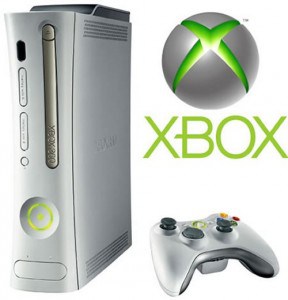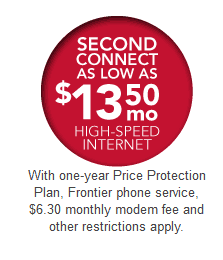 Time Warner Cable subscribers who are passionate about their hockey and basketball won’t be watching all of the Buffalo Sabres or New York Knicks games, thanks to another year-end programming dispute primarily affecting cable subscribers in New York State.
Time Warner Cable subscribers who are passionate about their hockey and basketball won’t be watching all of the Buffalo Sabres or New York Knicks games, thanks to another year-end programming dispute primarily affecting cable subscribers in New York State.
MSG terminated their program feed for approximately 2.8 million Time Warner customers early Sunday, leaving the cable operator to make amends with irritated subscribers.
Once again, the cost of sports programming was the issue. MSG has raised prices at least 70 percent over the last five years, according to cable research group SNL Kagan. The package that includes MSG and MSG Plus now sells at a wholesale price of more than $4.50 per month, rivaling the most expensive sports network ESPN, which will charge $5.06 a month in 2012. Time Warner reportedly balked at a renewal deal for 2012 that would have increased prices well beyond the six percent the cable operator offered to pay.
Time Warner has e-mailed subscribers indicating MSG pulled the plug, and is offering some replacement programming to ease the suffering of sports-addicted subscribers:
At Time Warner Cable, we’re sports fans too – that’s why we fight hard to keep the sports you love on the air at a price you can afford.
With the game clock running down, MSG Networks rejected all proposals, refused to engage in any meaningful way, and refused to allow us to keep the channel on. In the end, MSG pulled the plug on Time Warner Cable customers. We regret that MSG Networks has taken away their sports programming, but remind fans that even without MSG, Time Warner Cable will carry nearly 20 percent of this season’s remaining Sabres games, and dozens of other NHL and NBA games and most of the NHL and NBA playoffs. For information on where to find your favorite teams, visit www.twcconversations.com/MSG.
We don’t think that MSG’s actions are fair to sports fans, so Time Warner Cable is offering the following in appreciation of our customers:
• A special month-long preview of the Time Warner Cable Sports Pass, a package of more than 15 sports-oriented channels. This package—which normally costs $5.95 per month for residential customers—will be available from January 1 – 31, 2012. (Visit www.timewarnercable.com/ sportspass to see the full list of channels and channel numbers.)
• A free preview of the NBA League Pass premium sports package which offers up to 40 live games per week. This offer is good through January 8th and more details are available at www.twcconversations.com/MSG.
• The launch of YNN Hockey Tonight, a new nightly hockey show, premiering January 2nd on YNN in Western New York, including the Buffalo and Rochester areas. YNN Hockey Tonight will feature live interviews & analysis, plus scores, standings and information from all around the world of hockey, every night at 11:15 PM through the end of the NHL season. We think MSG is being unreasonable – and unfair to fans. They continue to demand a 53% price increase for their programming, which just doesn’t make sense. We do want MSG to return to our channel lineup, and we will continue to work hard to reach an agreement that gives you the sports you love at a price you can afford to pay.
Don’t forget: every TV provider is at risk for blackout threats. Last year MSG pulled the plug on DISH – so switching is not a solution. If MSG really cared about the fans, they wouldn’t be holding your sports hostage.
Thank you for your patience and continued loyalty.
Tell MSG to Get Real and Do the Deal.
MSG is telling Time Warner customers to cancel their cable service and sign up for Verizon FiOS TV or one of the satellite dish providers instead. But those alternative providers are not happy with the rising cost of sports programming either.
DirecTV’s Michael White and Dish Network Corp. Chairman Charlie Ergen have both repeatedly criticized price inflation for sports networks, and both have fought their own battles over the issue.
[flv width=”480″ height=”290″]http://www.phillipdampier.com/video/WHAM Rochester MSG Pulls Programming Disappoints Sports Fans 1-1-12.mp4[/flv]
WHAM-TV in Rochester talks with irritated sports fans about the loss of MSG Networks on Time Warner Cable. (3 minutes)
[flv width=”360″ height=”290″]http://www.phillipdampier.com/video/Bloomberg Harrigan Says Time Warner-MSG Deal Will Take Time 12-30-11.mp4[/flv]
Bloomberg News reports that wholesale rates for sports programming have grown so great, cable operators may be prepared to drop sports networks off cable television altogether. (4 minutes)


 Subscribe
Subscribe






